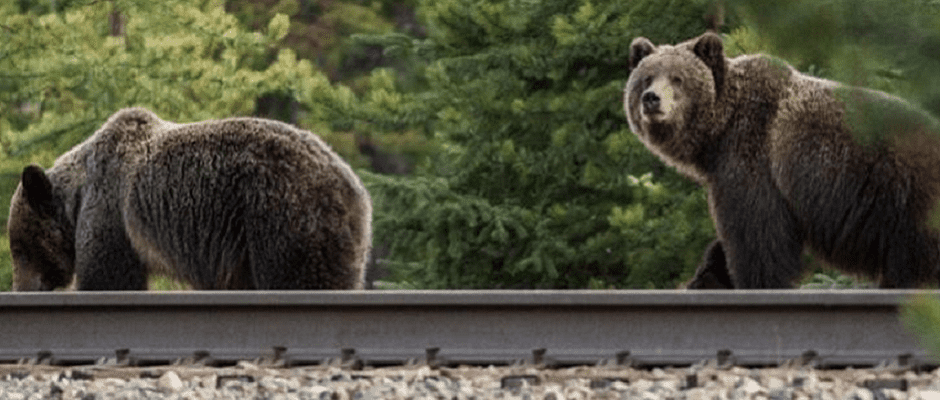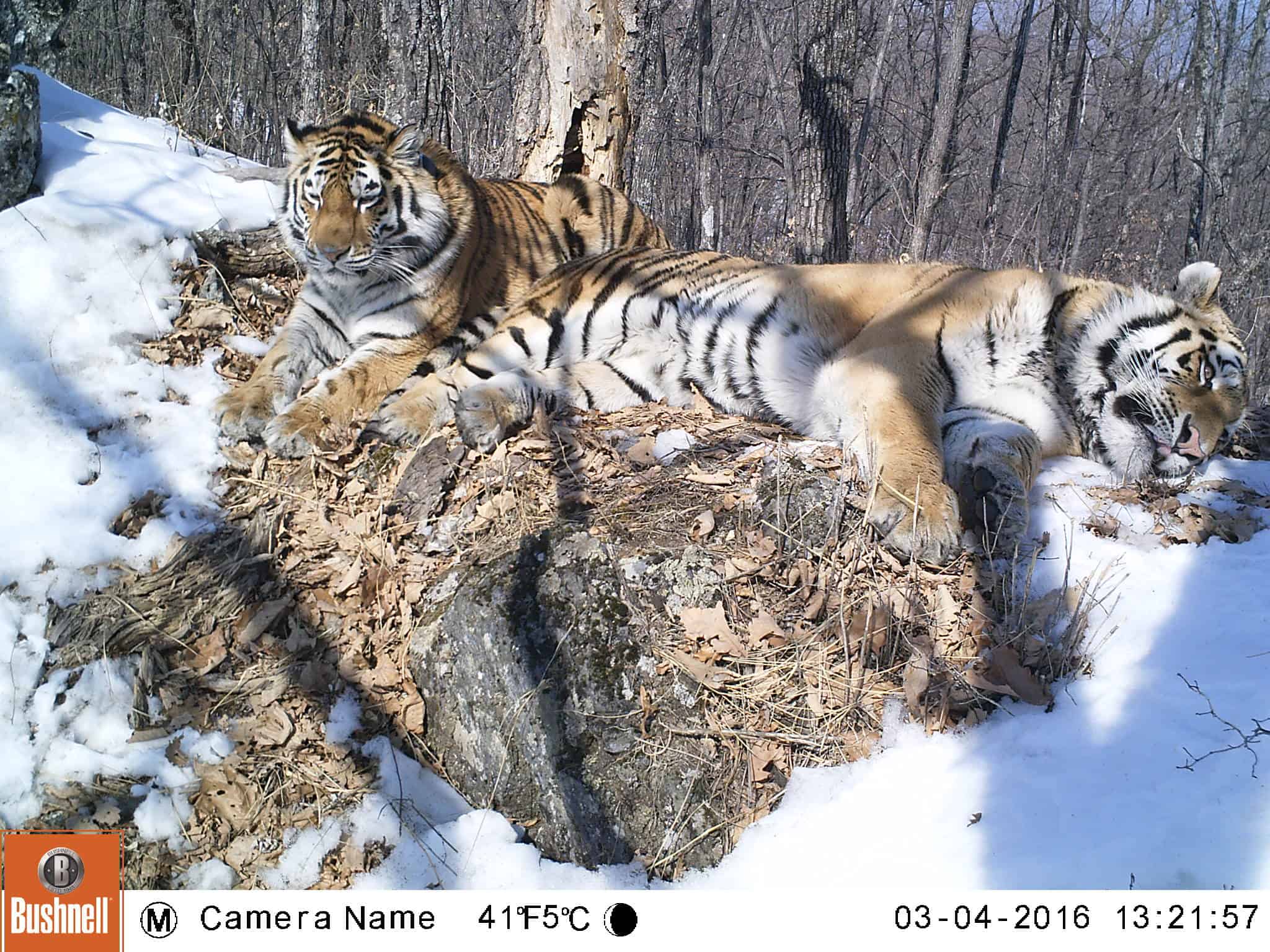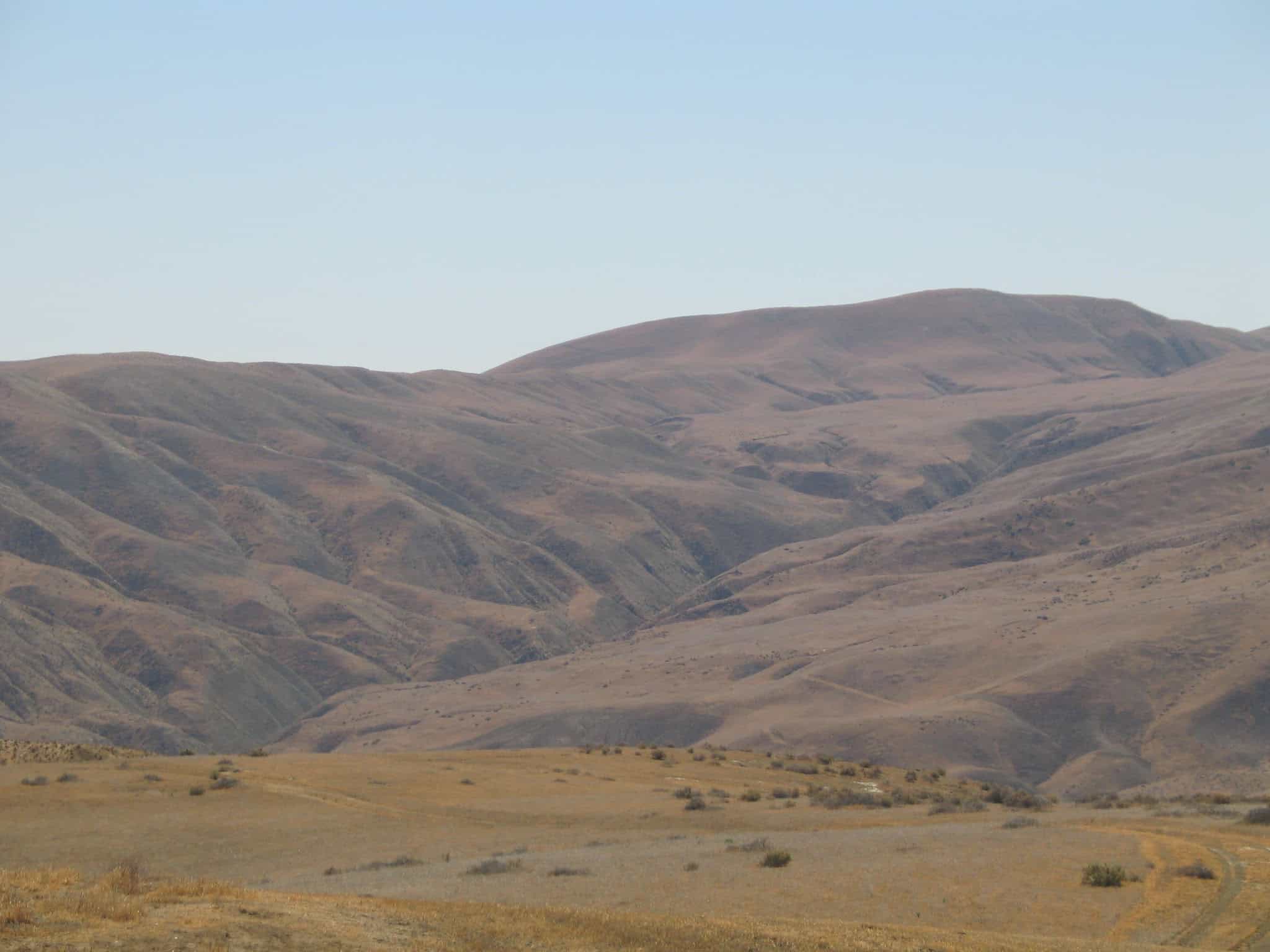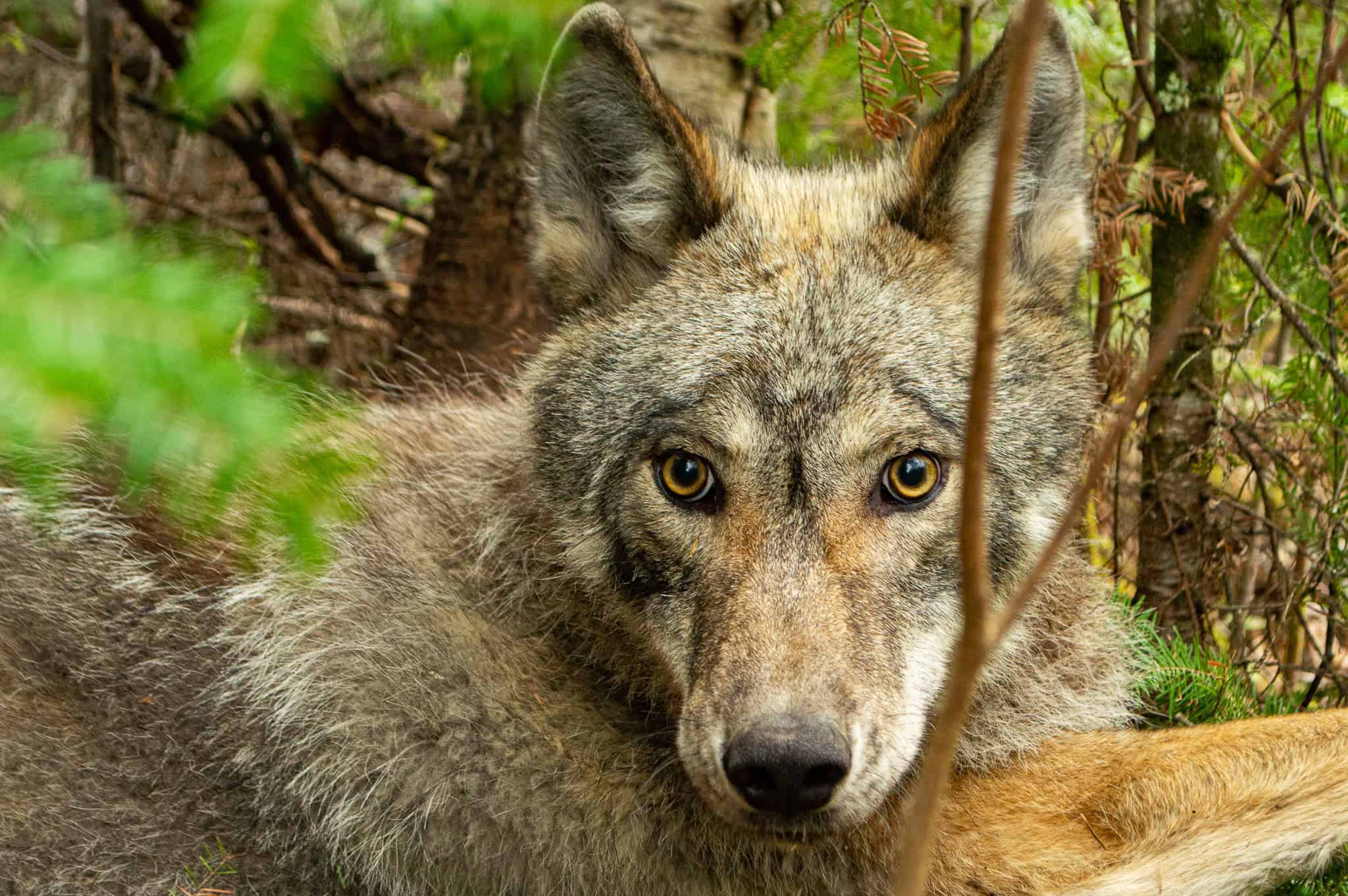Share this article
Following tracks to steer grizzlies from trains
An increase in train collisions with grizzly bears over the past 20 years in Canadian national parks has pushed researchers to look for possible causes.
In a collaborative effort between Parks Canada, the Canadian Pacific Railway and academic researchers, several research projects are looking into causes of the mortalities on the tracks and what could be done to prevent them in the future.
“It’s a terrible thing to be happening in the national park system,” said Colleen Cassady St. Clair, a professor of biological sciences at the University of Alberta, who led several of the projects. “It’s an iconic species in an iconic park with an iconic mode of transportation.”
St. Clair said about 11 manuscripts — some published and some in review — tackle various aspects of the situation. She hopes that when put together they can help predict where mortalities are likely to occur in this area and others where trains and wildlife co-occur.
“This can become a decision-support tool,” she said.
St. Clair said a combination of factors appears to be associated with the 20 collisions in Banff and Yoho National Parks over the past two decades. .
In a study recently published in Animal Conservation, St. Clair’s team found that about 110 tons of grain spills over the course of a year onto the tracks in Banff and Yoho national parks, equivalent to about one and a half hopper cars or the annual caloric diet of 50 grizzlies. Grain also was found in the stomachs of some of the bears killed on the rails.
But grain may be only part of the picture. Vegetation along the rails, including buffalo berry and horsetail, may attract bears, as may human infrastructure and garbage found along the tracks, St. Clair said.
Sharp curves may be even more significant, she said, by impacting bears’ ability to see and hear oncoming trains. Sound experiments showed that audio signals coming from the train could mislead bears, especially in areas where nearby highways produced loud noise.
Jonathan Backs, a PhD student on the project, invented a warning device to keep bears away from the tracks. A magnetic sensor, which is attached to the rail, detects oncoming trains and sends radio signals to locations with a high risk of grizzly strikes where warning devices emit noise and flash lights to alert animals that a train is about 30 seconds away.
St. Clair said the $250 system could be installed elsewhere. “If we’re right about predicting hotspots, and could have done it 15 years ago, we would have reduced mortality of grizzly bears here by over 50 percent,” she said. “So it’s exciting when you think about the potential for this technology in different places.”
Header Image: Two grizzly bears stand on train tracks in Banff National Park. ©Niels de Nijs








